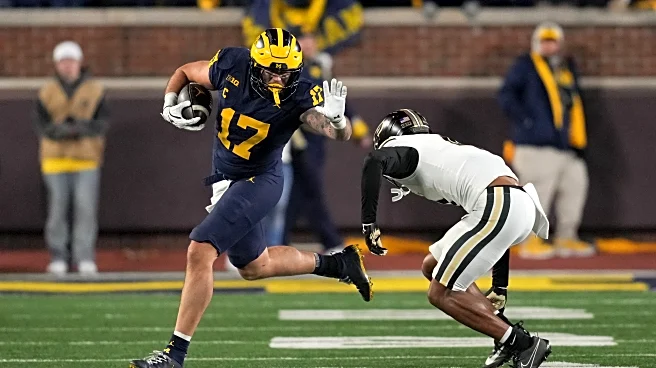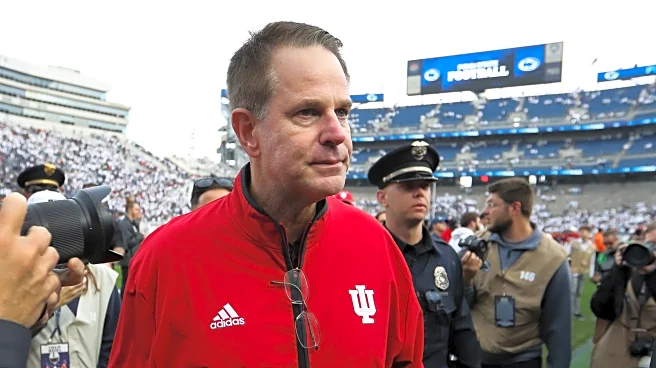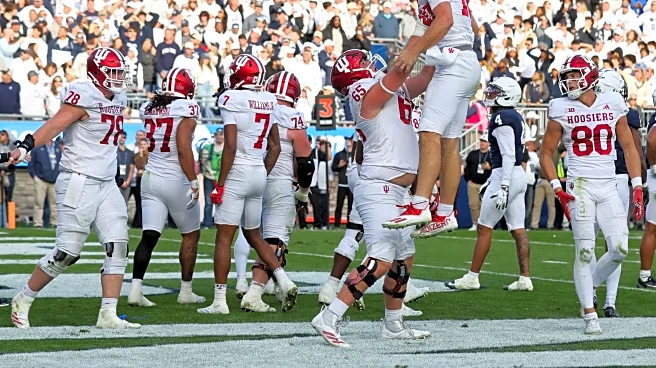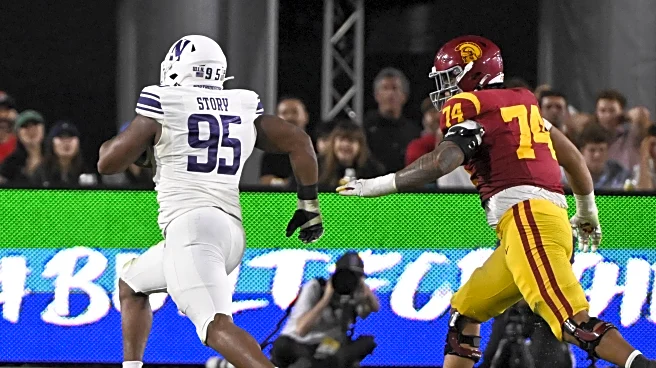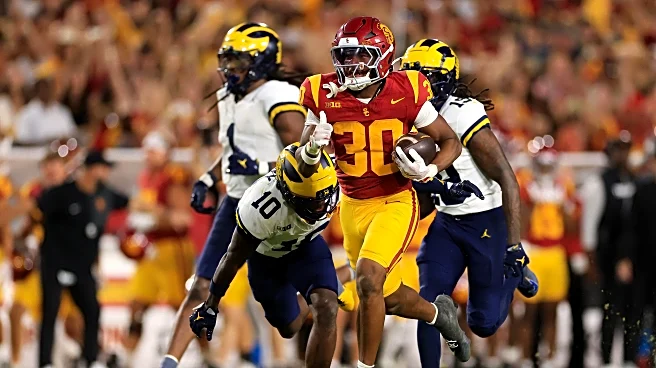If you were to tell a Northwestern fan before the game that going into half the Wildcats would already have 14 points, be down by only one score, and would be getting the ball back to start the second
half, they likely would’ve been elated. After all, that is a rather advantageous position to be in as an underdog on the road.
Yet things only seemed to spiral out of control for the Wildcats as the game progressed. After a full weekend to analyze the events of Friday’s contest, what should fans be thinking as NU continues its quest for bowl eligibility?
Margins are Razor-thin
According to ESPN Analytics’ win probability tracker, there were only two plays in the entire game when Northwestern’s win probability was at 15% or higher. The first was when USC was forced to punt for the first time all game with the score tied 14-14.
NU would go three-and-out on that ensuing drive.
The second time was on a three yard rush by King Miller, setting the Trojans up at 2nd and 7 on their own 24-yard line with the score still tied at 14-14. The next play, Najee Story would intercept Jayden Maiava and attempt to return it for a touchdown, only to fumble while diving for the pylon. The ball would go out of the back of the endzone, and USC would score on four of its six ensuing drives the rest of the game (on the sixth drive the Trojans kneeled out the clock). NU’s win probability would never rise above 10.8% for the rest of the game.
It was always going to take a Herculean (or Achillean, for mythological accuracy) effort to beat the Trojans, and opportunities would be hard to come by. You’re likely only going to force one or two punts against a team that averages 38.9 points a game, and if you want the game to be competitive you have to capitalize on those opportunities. At the very least don’t give the ball back in under two minutes.
Unfortunately, the ‘Cats couldn’t capitalize when it mattered most. Despite a hard-fought effort, a perfect game was necessary to pull off the upset. And NU just wasn’t able to avoid some major mistakes.
Looking ahead to Saturday’s Wrigley game, Michigan averages a more reasonable 28 points per game. While the Wolverines struggled against Purdue in their last outing, they showed against Washington that they can dominate time of possession against good teams and drain the clock. If the Wildcats want to stay in the game, they’ll have to make each and every drive count.
Braun’s Bad Beats
The loss against Nebraska could be characterized by self-inflicted wounds. Preston Stone’s multiple turnovers and a touchdown allowed on special teams immediately come to mind. While USC’s offensive talent was certainly the main culprit for NU’s loss on Friday, there were numerous opportunities where David Braun didn’t do his Wildcats any favors.
The most questionable decision came right out of halftime. Down seven on 4th & 3 in USC territory, many thought Northwestern would go for it. Stone apparently thought so too, as the signal caller looked to the sideline throughout the entirety of the play clock for a play that would never come through, before angrily walking over to the sideline when a timeout was called to avoid a delay of game. Braun then elected to keep his offense off the field, punting and essentially rendering the timeout call useless.
Braun would have to burn another timeout later in the same quarter due to substituting late in the play clock — clock management seemed to be just one of a litany of areas where the ’Cats appeared schematically unprepared. There were many times when Trojan receivers would come free in the middle of zone coverage with no defenders within five yards. Additionally, it was another game when the offense sputtered in the second half, only managing 103 total yards and three points after the break.
Yes, USC’s talent shone through in many one-on-one matchups on the night (Ja’Kobi Lane’s unreal TD catch being the most obvious instance), but the difference in gameplans was just as much a factor. We’ll have to trust that Braun and Co. will regain their mojo for next week.
Help Me Help You
The best way to slow down an elite passing attack is to get after the quarterback. If you can generate pressure quickly, that limits the time for route concepts to develop, and forces the QB to make quicker decisions that might leave yards on the table in hopes of avoiding a sack. None of this is new, but it is to say that defense is limited if it can’t generate pressure on a consistent basis.
Unfortunately, generating pressures has been the one issue in what has otherwise been a very strong NU defense. The ’Cats average one sack per game in their last four contests, and rank 117th in sacks over the entire season.
The value of generating negative plays, and pressures can’t be overstated. The one sack NU managed on the day coincided with one of the two punts it was able to force all game. Additionally, the quicker you can get to the quarterback, the less time the secondary has to hold up in coverage.
But when you have plays where you send eight players at the quarterback, only for him to calmly roll to his left and pitch it to an open man for a first down, you’re not doing your secondary any favors. Simply put, Northwestern is going to need to make good on the pressure it sends next Saturday and make true freshman quarterback Bryce Underwood uncomfortable — that is, make him look like a freshman quarterback.
Michigan has only given up 12 sacks on the year, so it is unlikely that NU bucks this trend at Wrigley on Saturday, and thus the questions of whether or not the defense will be able to hold up just become that much louder.


